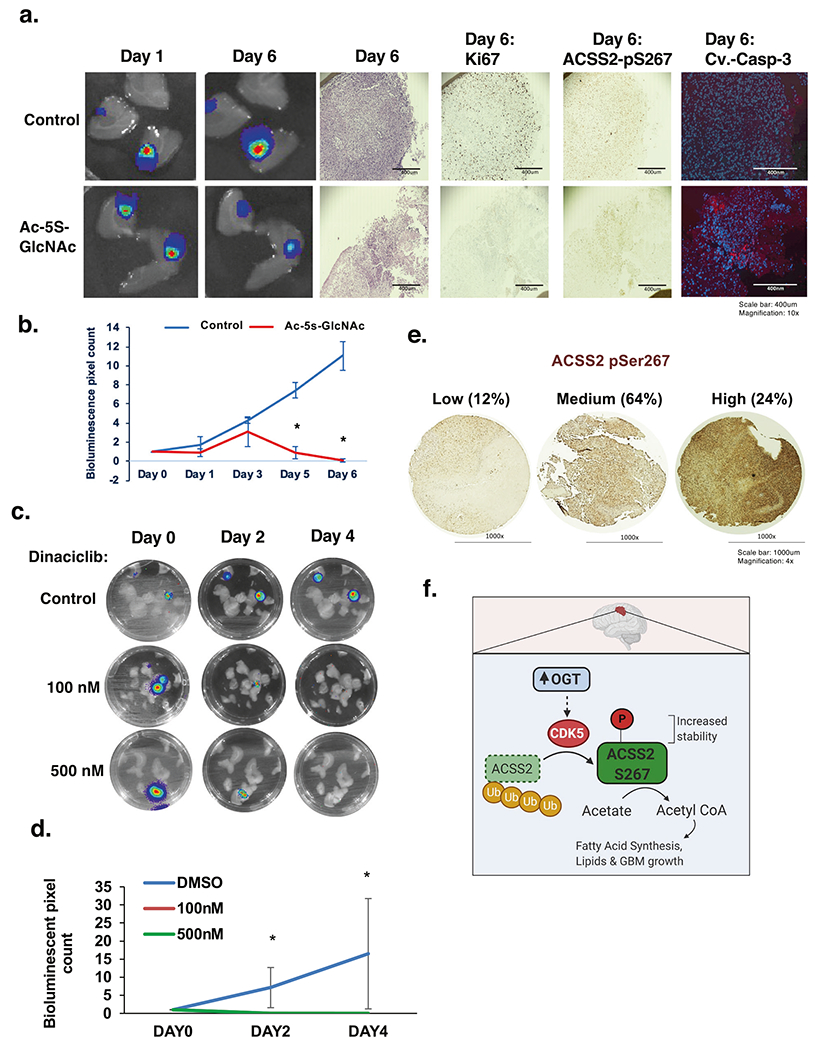Fig. 8. Targeting OGT or CDKs blocks GBM growth ex vivo.

a Representative images depicting tumor growth in organotypic brain slices derived from mice intracranially injected with U87-MG-luc cells detected via bioluminescence. Brain slices containing tumors are treated with vehicle Control (DMSO) or Ac-5S-GlcNAc (200 μM) for indicated days (top) (image magnification ×10, scale bar: 400 μm). Slices were fixed and assayed for H&E, Ki-67, phospho-ACSS2-S267, cleaved-caspase-3 staining. b Quantification of tumor growth at indicated day (Control: DMSO n = 3, Ac-5S-GlcNAc n = 3) (bottom). Student’s t-test reported as mean ± SD. *p-value < 0.05. c Luciferase images of ex vivo brain explants containing preformed tumors U87-MG-luc treated with indicated dose of Dinaciclib for indicated days. d Quantification of tumor growth at indicated day treated with Control: DMSO (n = 3), dinaciclib 100 nM (n = 3) or 500 nM (n = 3). Student’s t-test reported as mean ± SD. *p-value < 0.05. e Immunohistochemical staining for ACSS2 pSer267 on a tissue microarray of Grade IV glioblastoma patient biopsies (n = 69). f Model. Increased levels and activity of OGT in GBM leads to a CDK5-depepndent phosphorylation of ACSS2 on Ser267 that increases its stability and blocks ubiquitination and increases acetate conversion to acetyl-CoA and contributes to growth and survival of GBM tumors.
